ETC and EDM: When acronyms collide
Date Posted: 2/17/2015
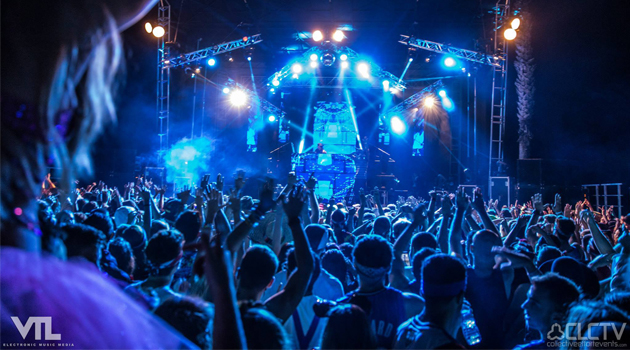
If your DOB (date of birth) is prior to 1990, you may not know that EDM stands for Electronic Dance Music - the offspring of a musical orgy attended by disco, techno, house and reggae sometime in the late Eighties. In an act of revenge for those who declared disco to be dead, EDM has emerged as the fastest growing sector of the live-entertainment industry. EDM will be around long after the Eagles and Fleetwood Mac wrap up their very last (they promise) reunion tours. If you don't believe this, you should hack your kid's Twitter account. Like the social media that fuels this musical form, widespread acceptance is a danger-signal and a cue to move on to something new.
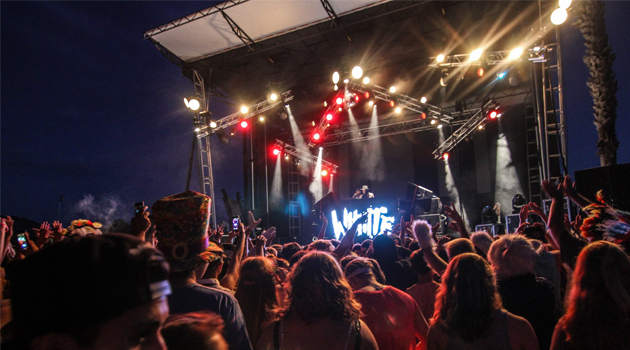
So what's ETC doing in this throbbing mix that has parents and stadium managers fearful for the safety of their children? Could anything be farther from the safe territory of huge installs in national theaters, Broadway and rental houses worldwide? The answer is another three letter word - thankfully not an acronym - Eos®. EDM may appear like a lot of random flashing, but puts a lighting console through a stress test quite unlike any other show. Without the luxury of a script or a set-list, the EMD lighting designer has to create an infinite series of dramatic looks that match the feel of the music and support the strong video images that are another hallmark of the genre. Tom Schneider, an ETC tech and console trainer in the Hollywood office, has designed and operated EDM shows since he was old enough to sneak out of the house to light raves in warehouses. He believes that Eos is the perfect tool for the job: "What really sets this console apart from other high-end consoles, like grandMA2 or Hog, is the effects engine. It's pretty darned cool. The effects engine is programmable to anything I could possibly want."
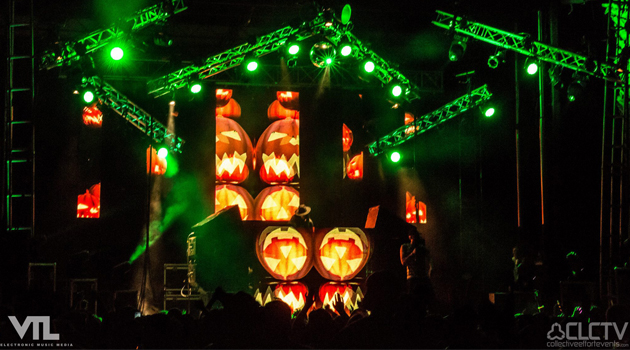
While big shows like Electronic Daisy Carnival, Electric Zoo and the Ultra Music Festival get all the press, there are hundreds of hastily thrown together desert one-offs and tours where the acts pick up sound and light in every city. While the heavy lifting is done by moving lights, Source Four® PARs are used for audience blinders and the DJs are often lit by Source Four profiles. Tom says: "I have rarely seen a lighting rider for these tours, so the local rental company can put together a rig of whatever is available in the budget, and the designer will make it work. That is why a fast, versatile console is so important." In a show with cues firing with every eight or 16 measures of music, the designer has to set up timed fades - complex moving-light cues using additive and inhibitive command-lines as well as dramatic color shifts. With three ten-point native touchscreens and the ability to run three more through the RVI, the
Eos Titanium (Eos Ti®) desk
has a tactile, immediate quality that works for EDM and rock and roll. Tom adds: "It's like being a jazz keyboard player. You get a feel for what is needed. I can go to my preset cues or I can improvise."
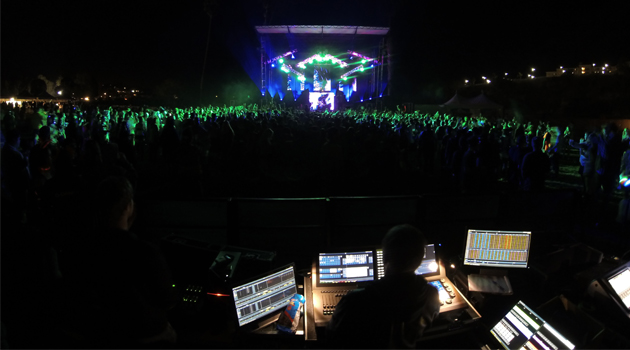
Another Cal Poly alumnus, Zak Suddjian is the lighting director of Bill Gaines Audio, despite his years as a veteran of the EDM scene. He grew up on ETC consoles and saw no reason why the later generation of ETC could not compete head on with grandMA. "For the Nervo show, I used an
Ion
with a single touchscreen to drive a full moving-light rig with a bunch of conventionals. Most EDM clients don't know what they want, but we recently did shows with Above and Beyond and they were very specific. At BGA we love these shows," he continues, "because you can put together a rig that fits the client's budget and we offer design services if they need that."
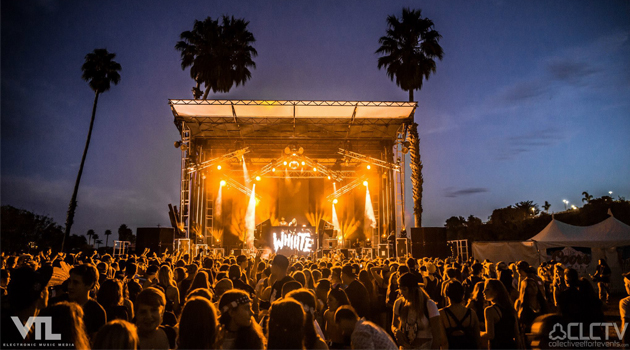
The final word is with Tom: "At ETC, we love our TLAs." Yes, you got it, 'three-letter acronyms.'
Photos from the Haunted Beach concert, October 30th, 2014, at the Avila Beach Resort in Avila Beach, California, put on by Collective Efforts and Otter Productions. The lighting designer was Zak Suddjian, the programmer was Thomas Schneider, and the video designer was Alex Woolum. Photos 1, 3 and 5: © VTL and CLCTV; Photo 2: © THIS BANG; Photo 4: © Nate Deack.